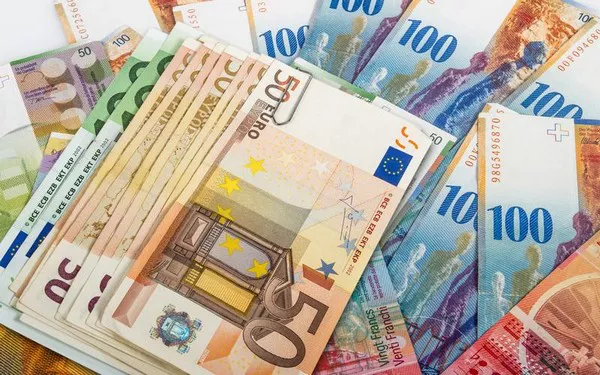The foreign exchange market plays a critical role in global trade and economic stability, with currencies fluctuating in value relative to one another. In recent years, the Euro has exhibited relative weakness against the US Dollar, raising questions about the factors driving this trend. This article aims to explore the key reasons behind the Euro’s weakness against the Dollar, considering both economic and geopolitical factors.
Economic Disparities between the Eurozone and the United States
One significant factor contributing to the Euro’s weakness against the Dollar is the economic disparities between the Eurozone and the United States. The Eurozone has faced several challenges, including slower economic growth, high levels of public debt, and political uncertainties. In contrast, the United States has experienced a more robust economic performance, driven by factors such as higher GDP growth, lower unemployment rates, and favorable business conditions. These disparities create a divergence in market expectations and investor sentiment, leading to a relative weakness in the Euro.
Monetary Policy Differences
Monetary policy decisions made by central banks significantly impact currency values. The European Central Bank (ECB) and the Federal Reserve (Fed) have pursued divergent approaches in recent years. The ECB has maintained a more accommodative monetary policy, with low-interest rates and quantitative easing measures aimed at stimulating economic growth and combating low inflation. In contrast, the Fed has pursued a path of monetary tightening, gradually raising interest rates and reducing its balance sheet. These divergent policy stances have attracted investors to the Dollar, as higher interest rates and the prospect of a stronger economy make the US a more attractive destination for capital, putting downward pressure on the Euro.
Political Uncertainty in the Eurozone
Political uncertainties within the Eurozone have contributed to the Euro’s weakness against the Dollar. Events such as Brexit, political tensions between member states, and concerns over the stability of the Eurozone itself have created uncertainty and undermined investor confidence in the Euro. Political uncertainty increases the perceived risk associated with holding Euro-denominated assets, leading to capital outflows and a weakening of the currency. In contrast, the United States has enjoyed relative political stability and a predictable policy environment, attracting investors seeking a safe haven for their investments.
Trade Imbalances and International Relations
Trade imbalances between the Eurozone and the United States also influence the relative strength of their currencies. The United States has historically maintained a trade deficit, importing more goods and services than it exports. This deficit is partly financed by foreign investments, making the Dollar an essential currency for global trade. In contrast, the Eurozone has traditionally enjoyed a trade surplus, exporting more than it imports. This surplus creates an excess supply of Euros in international markets, putting downward pressure on the currency’s value relative to the Dollar.
Geopolitical factors and international relations can also impact currency values. Trade disputes, economic sanctions, or geopolitical tensions can affect investor sentiment and confidence in a particular currency. Recent tensions between the United States and some Eurozone countries have added to the Euro’s weakness against the Dollar.
Conclusion
The Euro’s relative weakness against the Dollar can be attributed to a combination of economic disparities, divergent monetary policies, political uncertainties, trade imbalances, and geopolitical factors. The Eurozone’s slower economic growth, high debt levels, and political uncertainties have undermined investor confidence in the currency. Meanwhile, the Federal Reserve’s monetary tightening and the perception of a more stable and attractive investment environment in the United States have led to a stronger Dollar. Addressing economic challenges, fostering political stability, and improving trade imbalances within the Eurozone are crucial for the Euro to regain strength against the Dollar. Additionally, developments in global trade and geopolitical relationships will continue to shape the dynamics between these two significant currencies.
Related Topics:



























